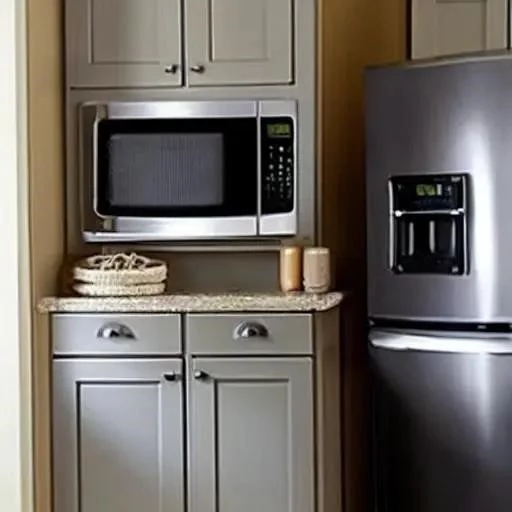
The date today is 09/18/2025.
Imagine the scene: a bustling kitchen, the heart of your home, suddenly rendered useless by an unexpected event. A rogue pipe bursts, a power surge fries your beloved refrigerator, or a thief makes off with your state-of-the-art stand mixer. In these moments of domestic chaos, a single, pressing question often arises: will my contents insurance actually cover these crucial kitchen appliances? The answer, as many homeowners are discovering, is a resounding ‘yes’ in most cases, but the devil, as always, lies in the intricate details of your policy.
Navigating the complex landscape of insurance coverage can feel like a daunting culinary challenge, yet understanding your policy’s nuances is incredibly empowering. Modern homes are increasingly reliant on a sophisticated array of kitchen technology, from smart ovens to high-efficiency dishwashers, making their protection more vital than ever. By integrating insights from industry experts and scrutinizing real-world scenarios, we can unlock the potential of your contents insurance, transforming it from a mere document into a powerful safeguard for your culinary kingdom. This forward-looking approach ensures you’re not just covered, but truly prepared for whatever life serves up next.
| Aspect of Coverage | Key Information & Considerations |
|---|---|
| What’s Typically Covered? | Most freestanding kitchen appliances, including refrigerators, freestanding ranges/ovens, microwaves (non-built-in), washing machines, dryers, and smaller countertop appliances (e.g., blenders, coffee makers). Coverage usually extends to damage from perils like fire, theft, water damage, and storms. |
| Built-in vs. Freestanding | A critical distinction: Built-in appliances (e.g., dishwashers, over-range microwaves directly wired/plumbed, integrated ovens) are often considered part of the ‘dwelling’ and are covered by building insurance. Freestanding appliances, those you’d take with you when moving, fall under contents insurance. Always check your specific policy. |
| Types of Reimbursement |
|
| Common Exclusions | Contents insurance typically does NOT cover mechanical breakdown, wear and tear, or damage due to poor maintenance. For these, a separate appliance warranty or home appliance insurance might be necessary. |
| Expert Advice | Always review your policy document thoroughly. Clarify with your insurer whether specific appliances are classified as ‘contents’ or ‘dwelling,’ especially for integrated kitchen setups. Consider adding accidental damage cover for enhanced protection. |
The real-world application of these distinctions is often where confusion arises. Consider a scenario in Washington state, where an adjuster categorized an oven/range and dishwasher under “dwelling” but laundry and fridge under “contents” after a total loss. This illustrates the nuanced interpretation insurance providers apply, largely based on whether an item is permanently attached or built-in versus merely connected by a utility line. For instance, a built-in dishwasher is usually seen as a fixture of the home itself, akin to plumbing, while a freestanding refrigerator is undeniably a personal possession.
Leading insurance providers globally, from AIG and UOI Home Contents Insurance to Singtel Home Protect and GREAT Home Protect, all emphasize the safeguarding of personal belongings. While their specific offerings might vary, the core principle remains consistent: contents insurance is designed to protect items you’d pack up and move. This includes a wide array of household items, ranging from furniture and electronics to clothing and, crucially, your kitchen appliances. However, what constitutes “damage” is equally important. Policies typically cover perils like fire, theft, or water damage, but generally exclude mechanical breakdowns or issues arising from normal wear and tear; Therefore, while your contents policy won’t fix a failing compressor in your fridge, it will likely replace the appliance if it’s destroyed in a kitchen fire.
The forward-thinking homeowner understands that comprehensive protection involves more than just a basic policy. Upgrading to replacement cost coverage, for example, offers a significantly better financial outcome than actual cash value coverage, which only reimburses you for the depreciated worth of your items. As one industry analyst recently observed, “In an era of rapidly evolving appliance technology, securing replacement cost coverage isn’t just a smart choice; it’s an economic imperative.” This proactive approach ensures that if disaster strikes, you can restore your kitchen to its former glory without absorbing substantial out-of-pocket costs.
